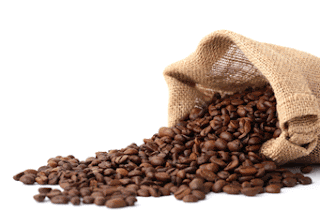During the American Civil War (1861-1865), between the North (the Union) and the South (the Confederacy), unreliable supply and high cost of quinine forced the Confederate Army to use alternative treatments for malaria.
Many quinine substitutes were mentioned in the literature of the time, but relatively few were advocated by Confederate officials and even fewer are described in surviving records. Medical supply officers often issued substitute remedies when quinine was requisitioned. Most alternative treatments were made from indigenous plants such as dogwood (Cornus florida), willow (Salix spp.) and tulip tree (Liriodendron tulipifera). High hopes were held for Georgia bark (Pinckneya pubens), which was thought to be closely related to cinchona. However, documentation of the effectiveness of these quinine substitutes remains scant.
The earliest commonly used quinine substitutes were made from dogwood bark, alone or in combination with other barks. A batch of the most well-known recipe, compound tincture of indigenous barks, was to be substituted as far as practicable for quinine. It was made by soaking 2 pounds of mixed dried bark (30% dogwood, 30% tulip tree, and 40% willow) in one gallon of whiskey for two weeks.
There had been rare reports in the literature about treating malaria with unroasted coffee[1]. One physician, for example, wrote in 1821 about his success using a strong decoction of “unburnt” coffee to treat a child with intermittent fever[2] and an article in Scientific American claimed that “a singular peculiarity of coffee” was that “if used in its raw state ... it produces febrifuge effects[3].”
Coffee, however, was scarce in the Confederacy, especially late in the war, and its use as a quinine substitute might have been impractical. Because roasted coffee was popular in both the North and South, its value (or worthlessness) as an antimalarial agent should have been apparent well before 1865.
So, the question remains whether coffee, unroasted or not could be a viable alternative for quinine. The answer is probably not, because no scientific research has ever been published regarding the anti-malarial potential of coffee.
But recent research has revealed that Aspidosperma ramiflorum, a tree growing in the Brazilian rainforests, does have cytotoxic effects towards malaria parasites[4]. One of its local names is peroba-café. The name derives from the language of indigenous Tupi, where iperoba means 'bitter bark'. Which means we have 'bitter bark coffee'.
Reality often plays games with history.
[1] Wood, Bache: The Dispensatory of the United States of America, Editon 11 - 1858
[2] Baxter: Case of intermittent fever, treated with coffee. Medical Repository – 1821
[3] Coffee. Scientific American, Issue 3 – 1848
[4] Aguiar et al: Aspidosperma (Apocynaceae) plant cytotoxicity and activity towards malaria parasites. Part II: experimental studies with Aspidosperma ramiflorum in vivo and in vitro in Memórias do Instituto Oswaldo Cruz – 2015. See here.


No comments:
Post a Comment